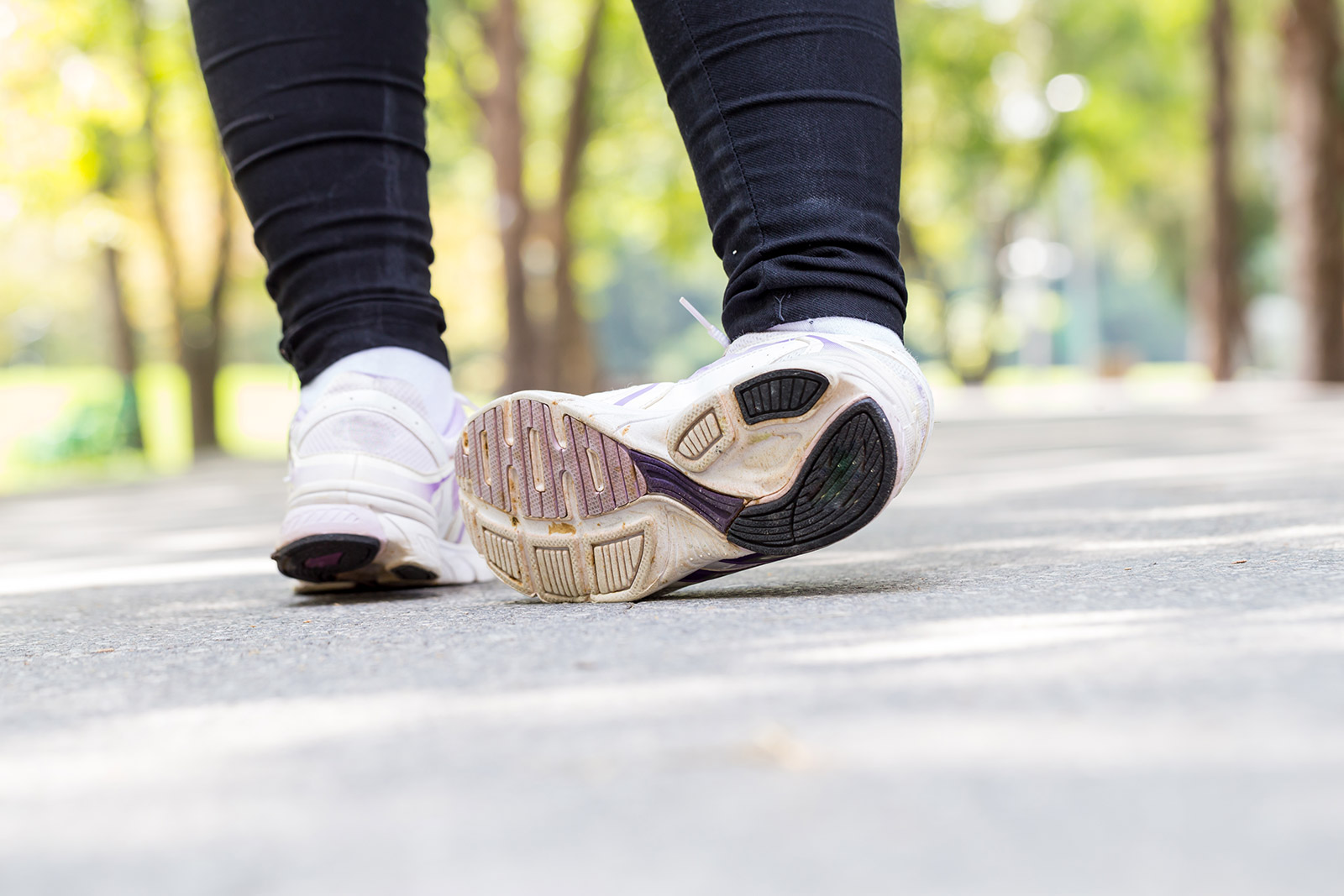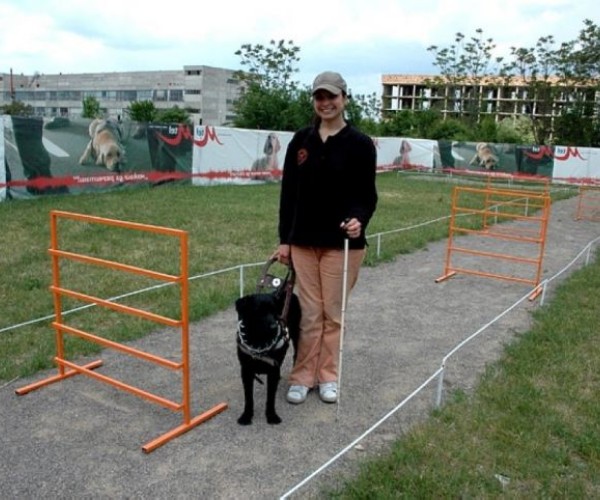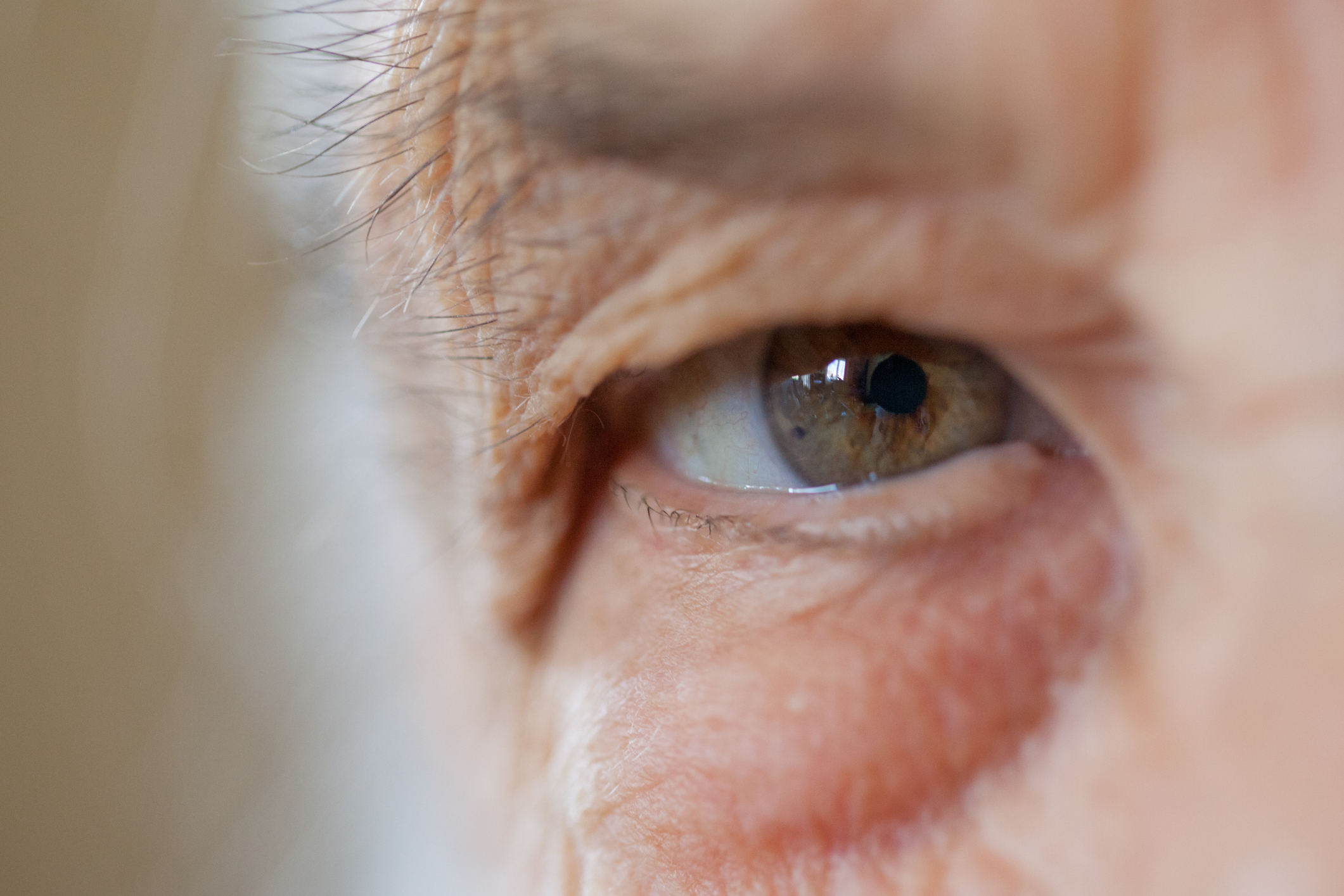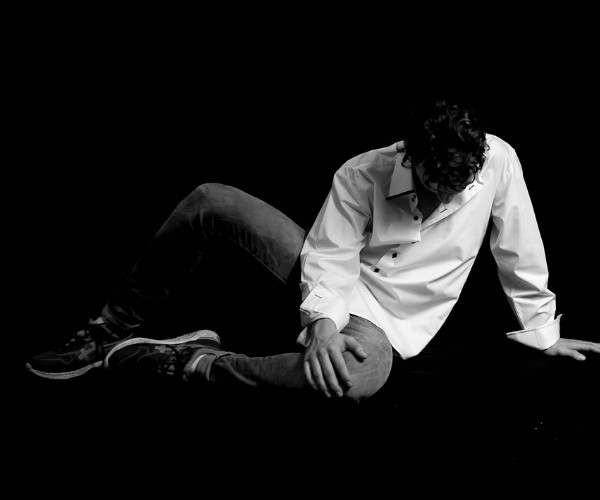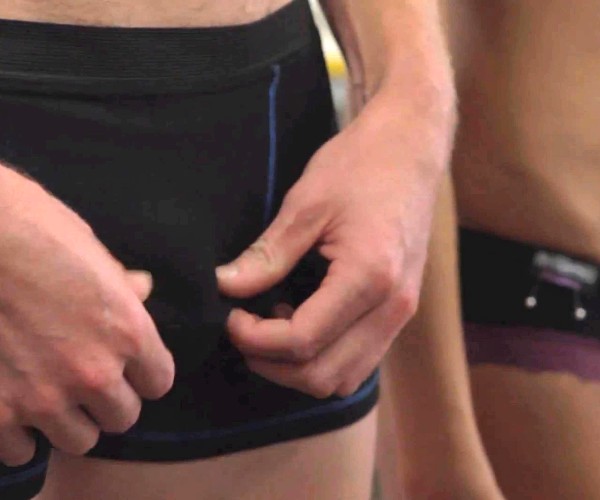Plants talk! It is a silent but very effective language. In the plant world, communication is essential both to recognize organisms belonging to one’s own species and to keep dangerous ones at a distance.
For those who do not have the ability to move, especially in case of danger, it is necessary to make yourself understood very clearly.
The language of plants is based on very particular words, that is, chemical molecules that are processed and released into the environment to convey very specific directions to other organisms. An example known to all is the communication that flowering plants use to attract pollinating insects to themselves: not only bright colors e intoxicating scents (perceptible and attractive even to our sense organs no longer so accustomed to nature’s calls), but also ultraviolet hues and ethereal fragrances, imperceptible to us but detectable at a considerable distance by insect antennae.
In the orchids messages are often addressed to a specific insect species, so the substances produced to attract it are specific; the scents of species belonging to the genus Ophrys, in particular, are much studied: mixtures differ from species to species and are very complex, in some cases even chemically mimicking the female sex hormone molecules of a certain bee species for the purpose of attracting pollinating males by promising them an unlikely mating!
Fragrances are produced in special places called osmophores: these are glands in which volatile substances are processed; they are mainly found in the petals, and from here the fragrance is released through epidermal formations, such as glandular hairs.
Chemically, there are various substances released by plants: some are derived fromisoprene , molecule volatile colorless organic, such as geraniol (formed from open chains of atoms), menthol and camphor (with the atoms connected to form a single and double cyclic structure, respectively). Others are derived from
benzene
, a precursor molecule of the so-called “aromatic compounds,” which are characterized by a hexagonal ring structure. A well-known aromatic substance is vanillin, found in the fruits of Vanilla planifolia, but also in Dahlia bulbs, asparagus, and other flowers, and artificially synthesized industrially as a flavor in the production of sweets.
To achieve their purposes, plants can use their chemical language to attract even very primitive organisms such as bacteria, which often live in close contact with roots (bacteria from the “rhizosphere“); some especially establish relationships with legumes, which they recognize thanks to substances called lectins, proteins with the function of recognizing polysaccharides on cell membranes; this mechanism is very useful in making sure they are in contact with the right organisms.
Once recognition has occurred, the bacteria penetrate the root bark through the root hairs, and then the plant provides encapsulation of these microscopic organisms, which will be found wrapped in a membrane inside the so-called “root tubercles.” This close relationship is one of the best-known examples of mutualistic symbiosis established precisely through communication between plant and bacterium.
In this symbiosis, the bacteria receive nourishment from the plant in the form of carbohydrates and reciprocate by yielding the nitrogen fixation products so useful to the plant.
But in nature not all beings are welcome; indeed, some species can be harmful as they tend to parasitize and harm without giving anything in return. In this case, plants produce various types of compounds as a result of injury or infection by pathogens, initiating a silent battle made up of a “back-and-forth” ofchemical signals to keep these enemies at bay. The
phytoalexins
are a typical example of these chemical signals: they are synthesized by potato plants affected by pathogenic fungal microorganisms.








This “squabble” between plant and pathogen demonstrates that plants are also capable of listening in that, as in all information exchanges, there is a need for an entity that transmits specific signals and one that recognizes them and subsequently activates suitable defense mechanisms. All this shows the “sensitivity” of plants, understood as their ability to “feel” their surroundings and interact with them.
And to us human beings, what do the plants say? Probably the “arguments” are very similar to those exposed to other animals; perhaps the volatiles they process to maintain safe distances are the same but we are no longer (or have never been) able to recognize them, and we need tangible spacers such as spines or quills. We are certainly attracted by their beauty, the elegance of an arboreal bearing, the flowers, the fruits, and the relaxing well-being we feel when looking at a green expanse; even if we are not able to “hear” them in detail, understanding that there is a plant language is already a first step.







